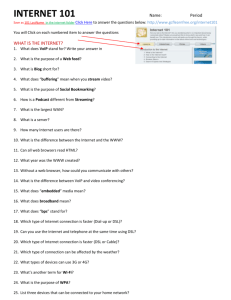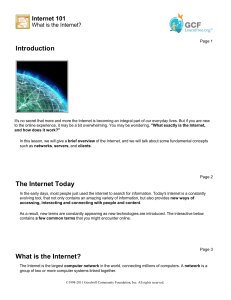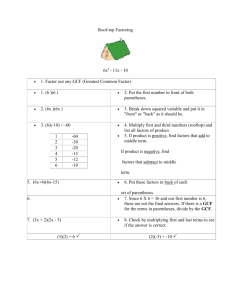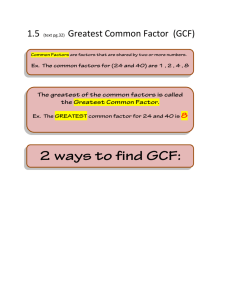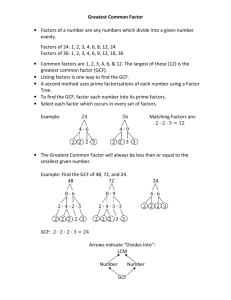Computer Networks
advertisement
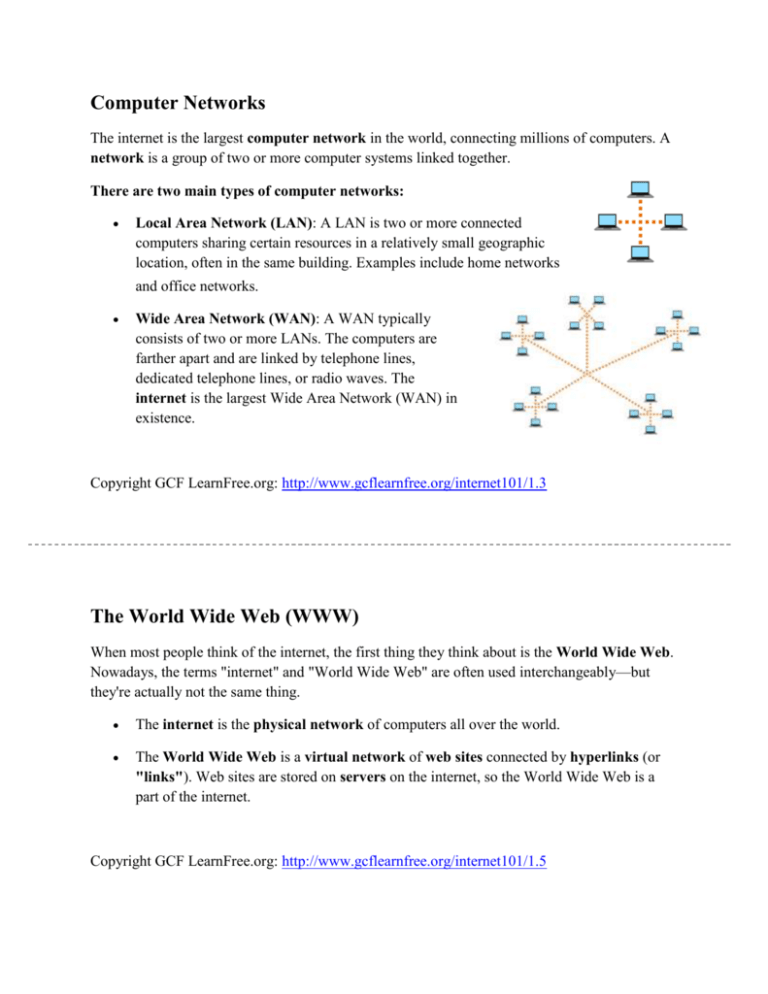
Computer Networks The internet is the largest computer network in the world, connecting millions of computers. A network is a group of two or more computer systems linked together. There are two main types of computer networks: Local Area Network (LAN): A LAN is two or more connected computers sharing certain resources in a relatively small geographic location, often in the same building. Examples include home networks and office networks. Wide Area Network (WAN): A WAN typically consists of two or more LANs. The computers are farther apart and are linked by telephone lines, dedicated telephone lines, or radio waves. The internet is the largest Wide Area Network (WAN) in existence. Copyright GCF LearnFree.org: http://www.gcflearnfree.org/internet101/1.3 The World Wide Web (WWW) When most people think of the internet, the first thing they think about is the World Wide Web. Nowadays, the terms "internet" and "World Wide Web" are often used interchangeably—but they're actually not the same thing. The internet is the physical network of computers all over the world. The World Wide Web is a virtual network of web sites connected by hyperlinks (or "links"). Web sites are stored on servers on the internet, so the World Wide Web is a part of the internet. Copyright GCF LearnFree.org: http://www.gcflearnfree.org/internet101/1.5 Servers and Clients You may have heard someone say something like "The server is down" or "We're having problems with the e-mail server." A server is a computer that "serves" many different computers in a network by running specialized software and storing information. For example, web pages are stored on servers. When you access a web page, your computer is acting as a client. A client runs familiar software such as web browsers or email software, and it communicates with the server to get the information it requires. In order for your browser to display a web page, it requests the data from the server where the page is stored. The server processes the request, then sends the data to your browser, where it is displayed. In peer-to-peer (P2P) networks, each computer acts as both a server and a client. Examples of P2P software include Skype and BitTorrent. Copyright GCF LearnFree.org: http://www.gcflearnfree.org/internet101/1.4 HTML The backbone of the World Wide Web is made of HTML files, which are specially-formatted documents that can contain links, as well as images and other media. All web browsers can read HTML files. In addition to HTML, it's also very common for websites to use technologies like CSS (Cascading Style Sheets) and JavaScript to do more advanced things. Copyright GCF LearnFree.org: http://www.gcflearnfree.org/internet101/1.5
